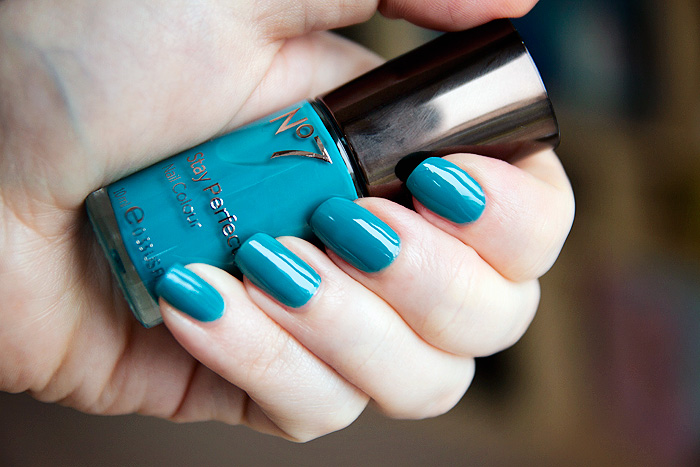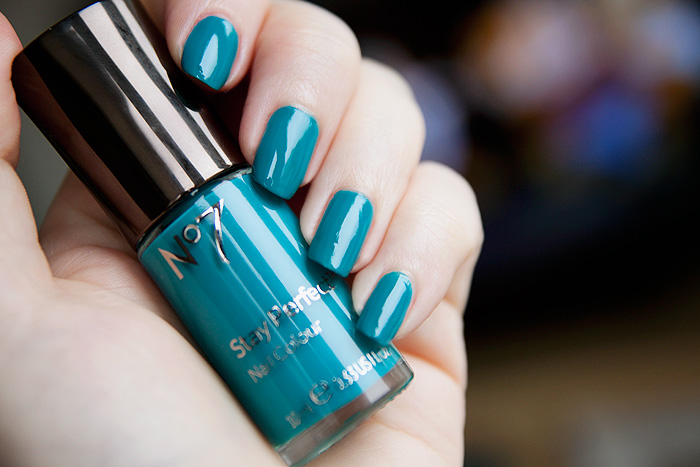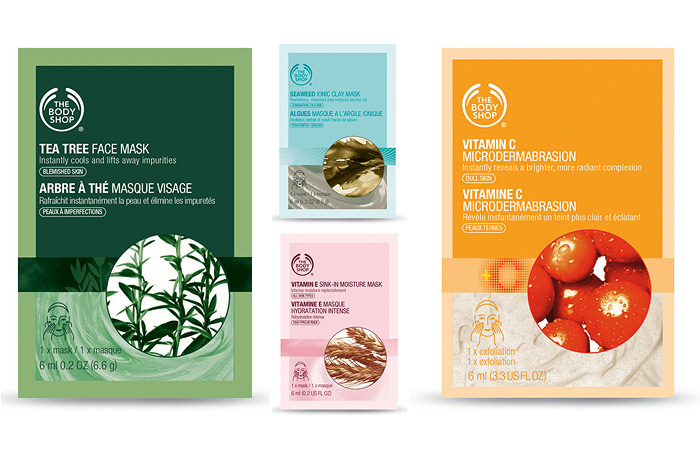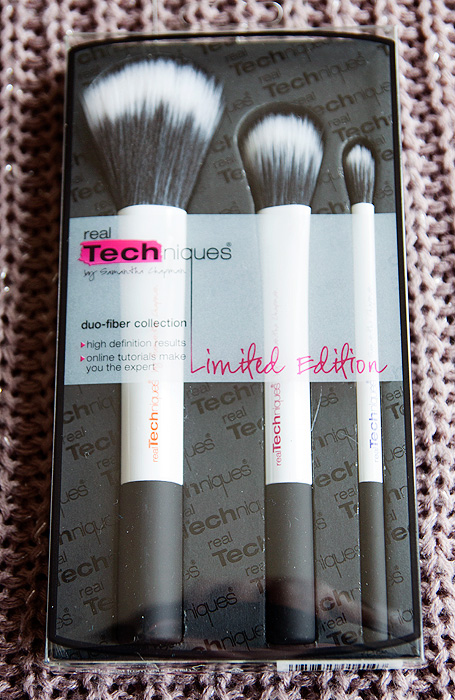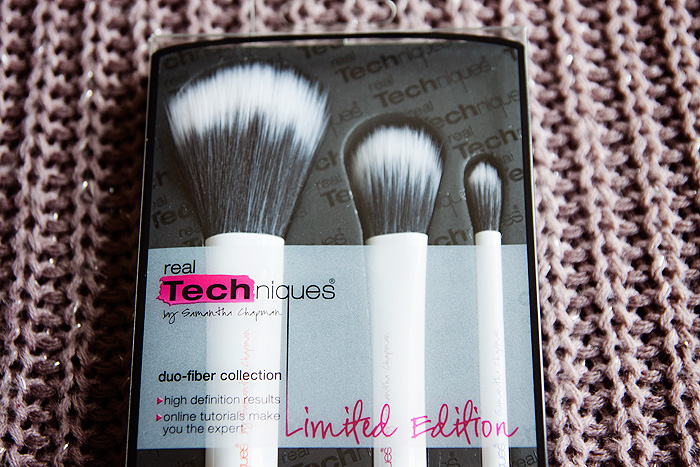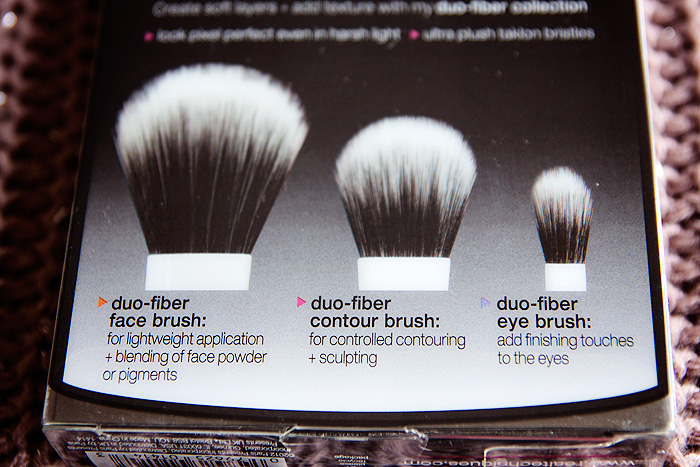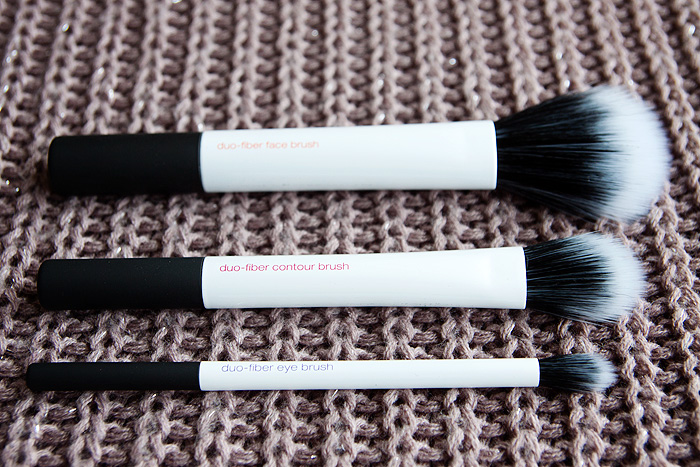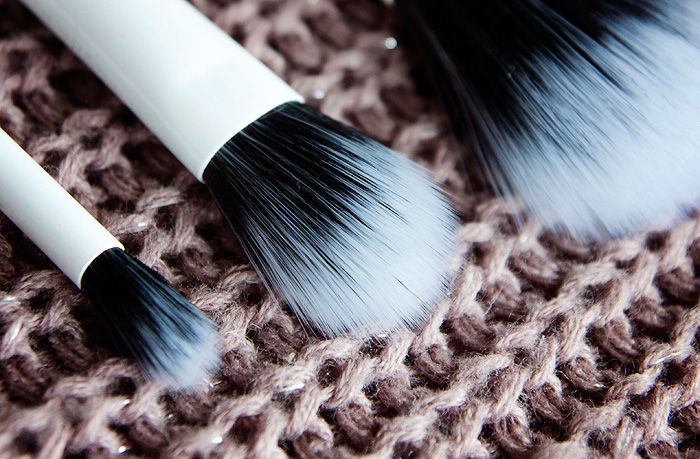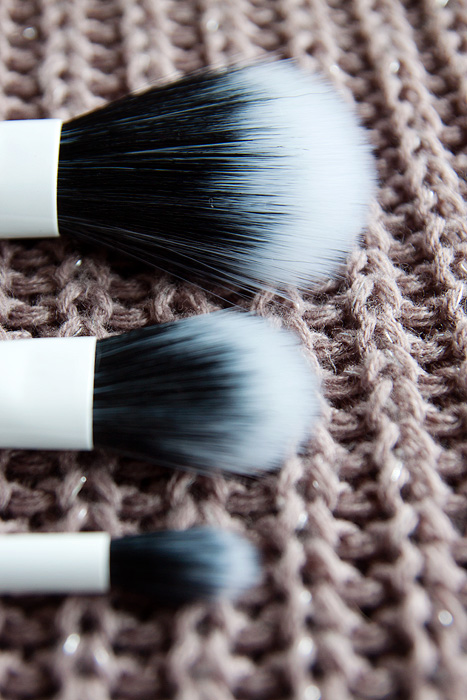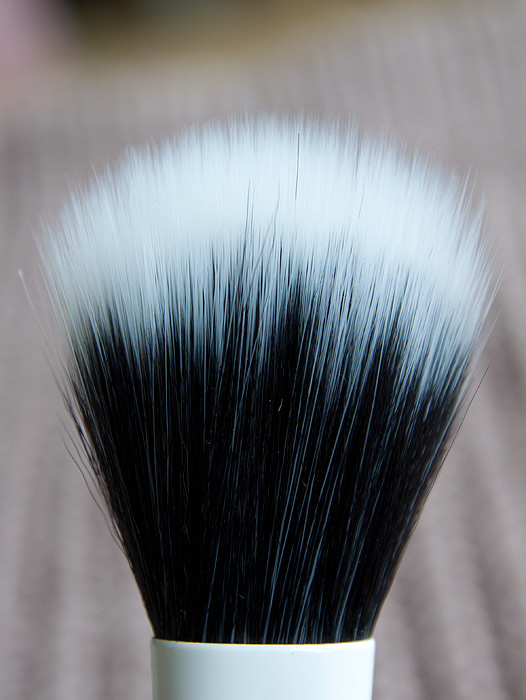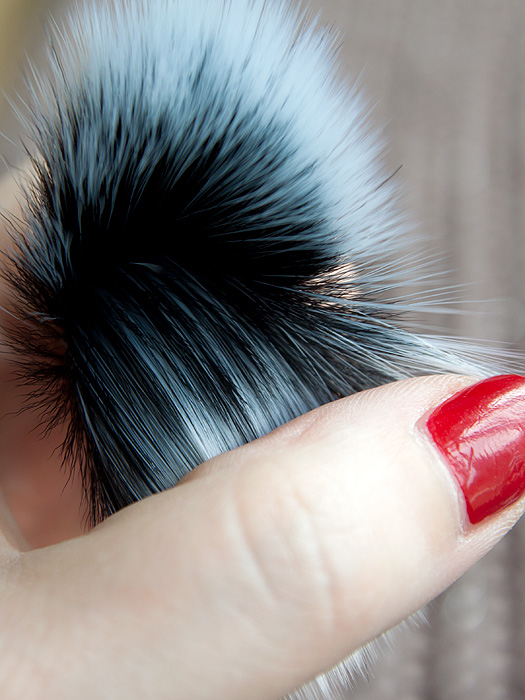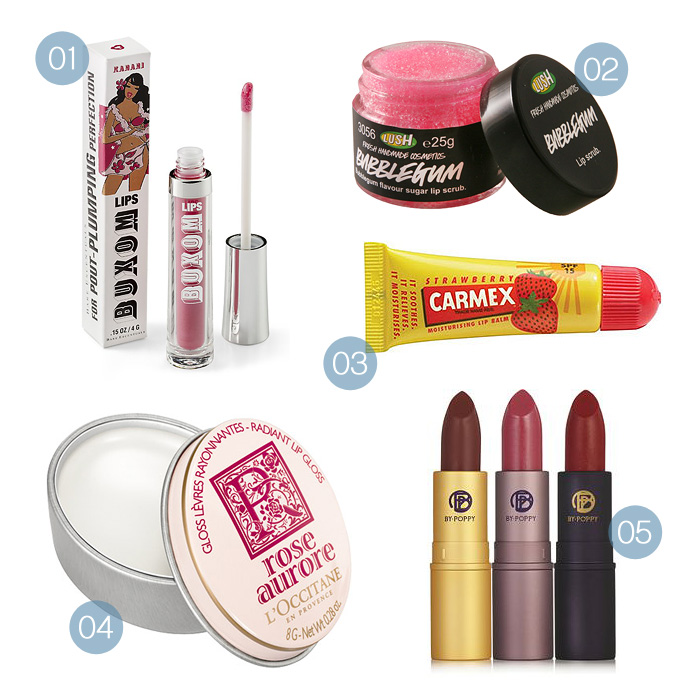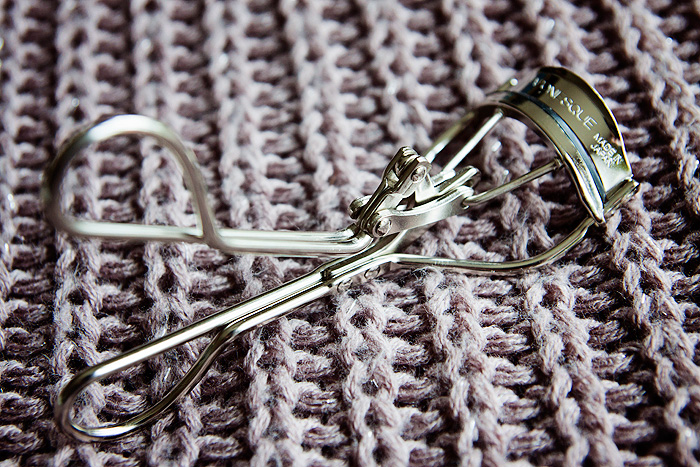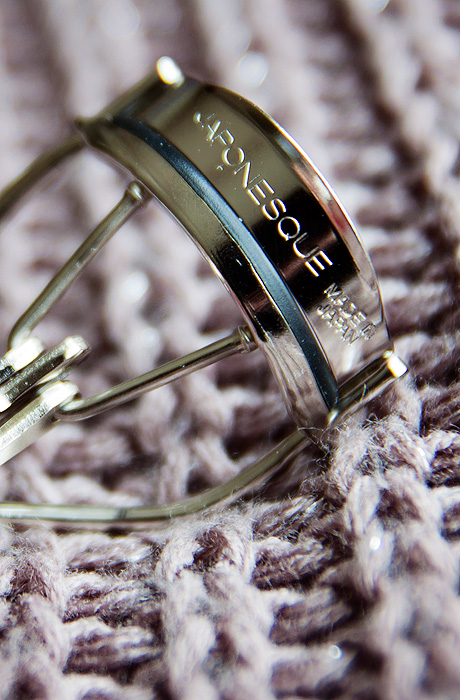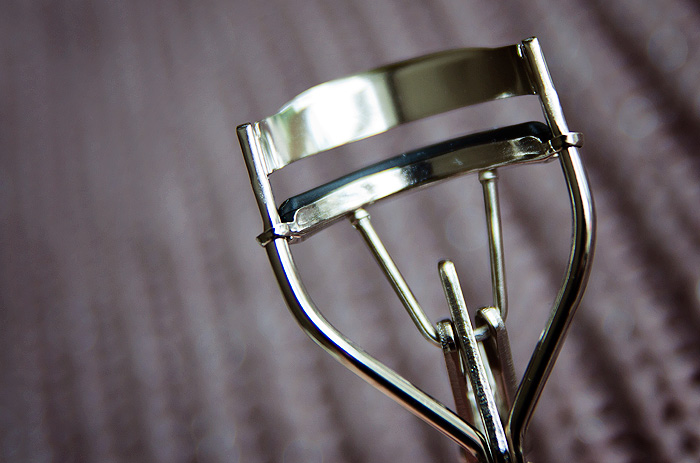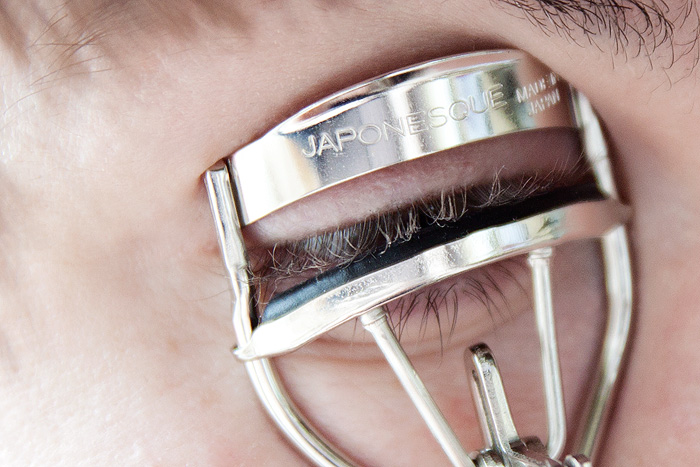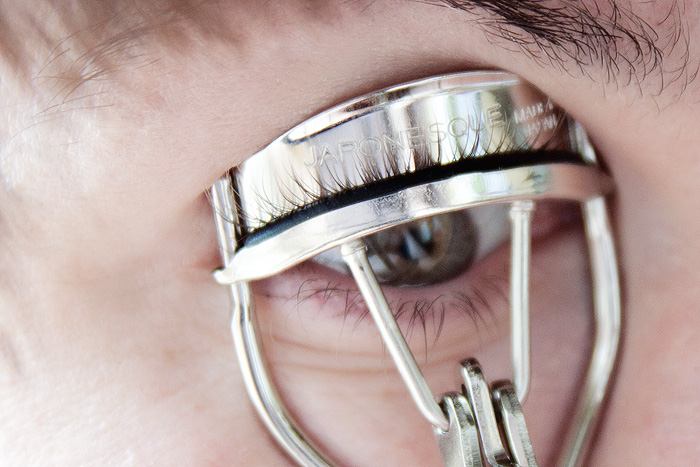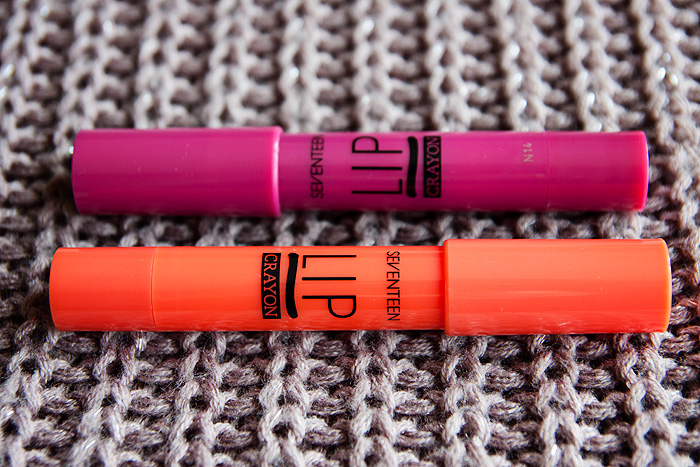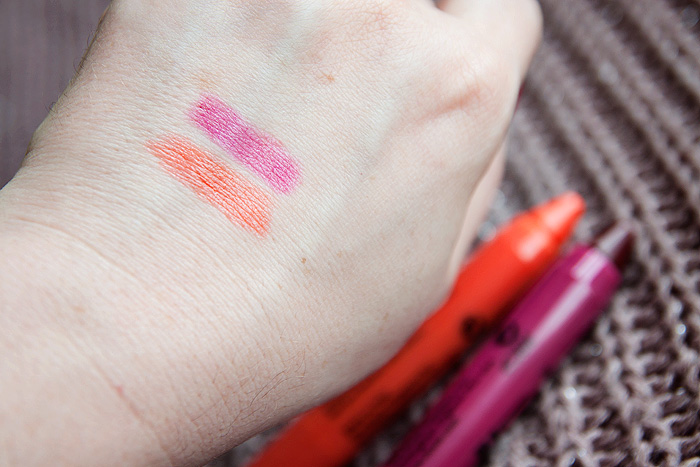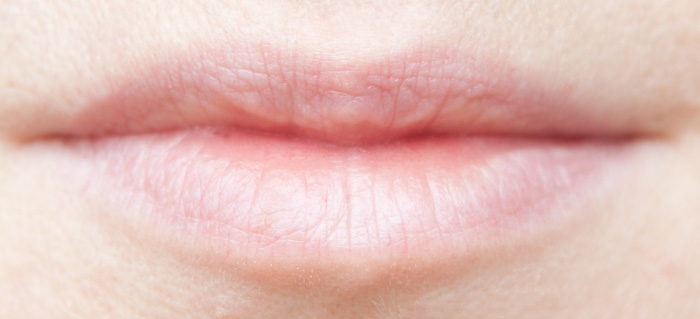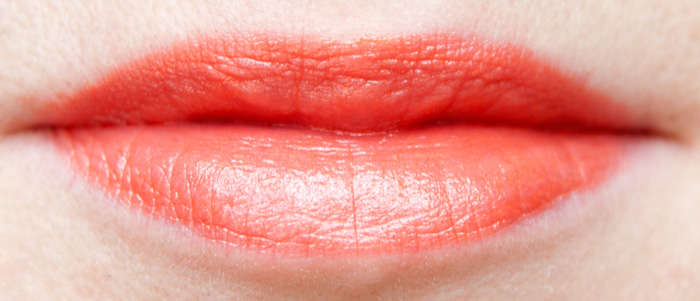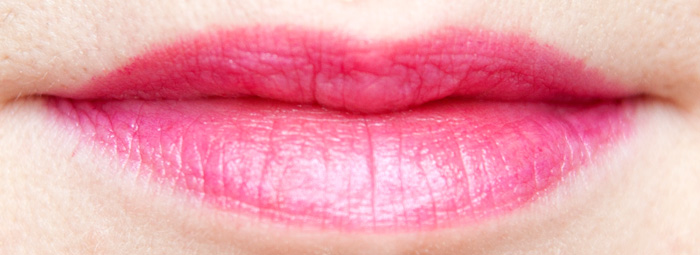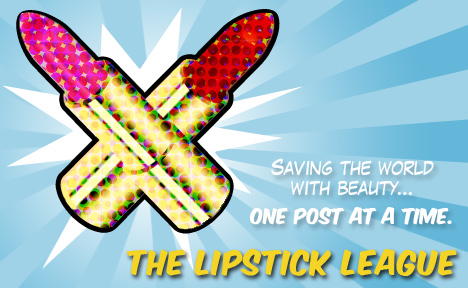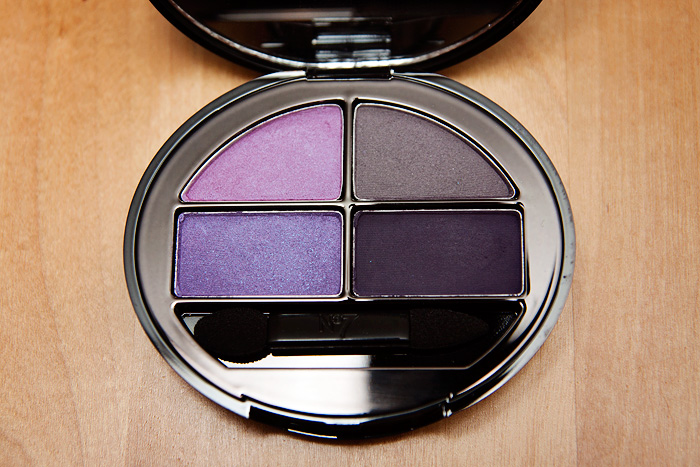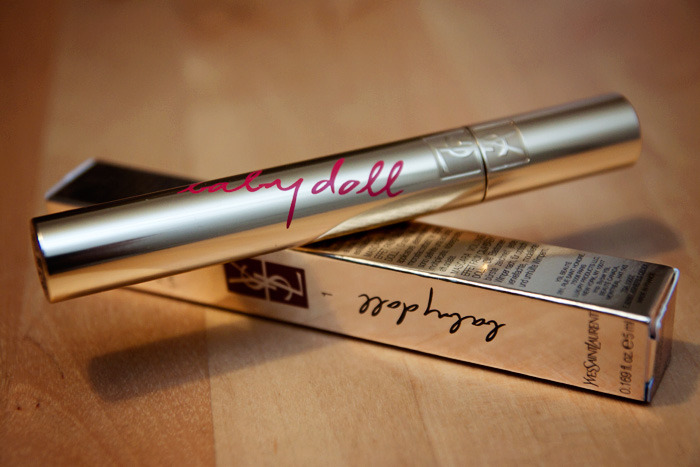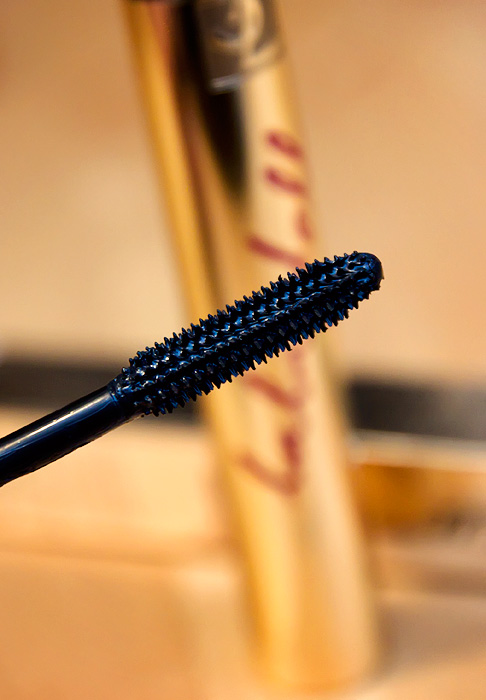When it comes down to it, most body scrubs are pretty low-tech. A DIY recipe generally involves little more than a simple pairing of an abrasive ingredient with a moisturising agent, et voila! Body scrub.
It’s all about the exfoliation.
That unmistakable pleasure/pain(!) of scrubbing your skin and physically sloughing off the dead skin cells that clog the surface layer whilst removing grease and other impurities. Sounds good doesn’t it? And let’s not forget some of the other benefits of exfoliation which include prepping your skin to welcome moisturiser, self-tan, and masks whilst an increased blood circulation brings a healthy glow to some oft’ neglected areas.
While there are truly limitless moisturising agents available in which to suspend those wonderful exfoliating particles… it’s the hard-working scrubby bits that I’m talking about today. In particular, the two most commonly found abrasives.
Salt and Sugar.
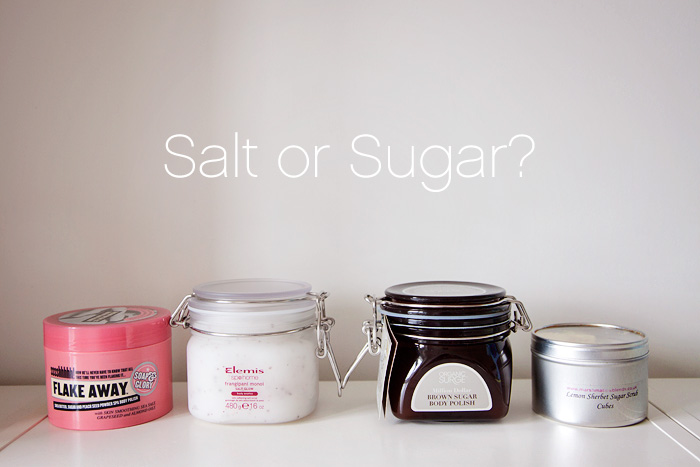
Salt vs. Sugar
Perhaps you’ve never even considered why you might choose one ingredient over the other. What are the differences between them and why should you even care?
Read on, and I’ll tell you all you need to know for the next time you’re thinking of making a purchase…
Salt vs Sugar
The major difference between the two is simple; scrubbiness.
Salt is more abrasive and dissolves more slowly than sugar when it comes into contact with water. Salt is usually the preffered ingredient in scrubs marketed toward a male consumer as it’s presumed that our menfolk prefer a more vigourous scrub! And because of its slow-dissolving nature, it’s also the scrub ingredient of choice in many spas and other professional places that offer treatments involving manual exfoliation.
Some salts – such as Himalayan and Dead Sea Salt – are also revered for their “healing” properties thanks to a particularly high mineral content. These are generally considered to have greater therapeutic properties than their sugar counterparts and as a result can be more expensive to incorporate into a finished product.
Salt scrubs should never be used on the face, or indeed any delicate part of the body. However, feel free to go crazy with them on calloused feet and enjoy stepping out in sandals again with confidence.
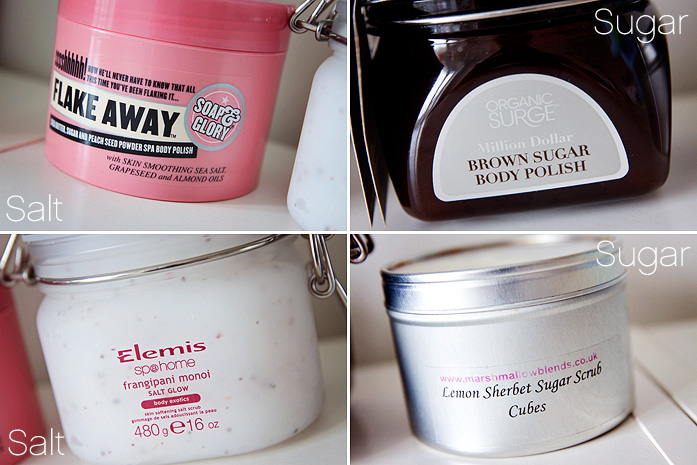
Four lovely sugar and salt-based body scrubs to get your skin glowing!
SALT
Elemis Sp@ Home Frangipani Monoi Salt Glow* (£36.50, timetospa.co.uk)
Soap & Glory Flake Away (£7.50, boots.com)
SUGAR
Organic Surge Million Dollar Brown Sugar Body Polish* (
£32£8 on sale!, organicsurge.com)Marshmallow Blends Lemon Sherbet Sugar Scrub Cubes* (£6, marshamallowblends.co.uk)
Sugar vs Salt
If like me, you’re a more sensitive soul… sugar scrubs will still give you a great manual exfoliation, sloughing away rough skin and leaving behind a smooth surface that begs to be stroked! Not only is sugar less abrasive than its salty counterpart but it also reacts more kindly to any shaving cuts you may have accrued on your legs, salt stings!
You may also find that during application, sugar scrubs are a little easier to tame. Salt-based scrubs tend to have less “stick” to the skin… particularly if the salt to base ratio is high. Sugar, by its very nature, is a lot “stickier” and easier to work into the skin for some hardcore body-pampering.
When all is said and done, the difference between salt and sugar mostly comes down to personal choice and how sensitive your skin is to begin with. Me? I adore the therapeutic properties of a good old-fashioned bath salt but I prefer my scrubs to be a little sweeter!
Do you have a preference between sugar or salt-based crubs?
* press sample




